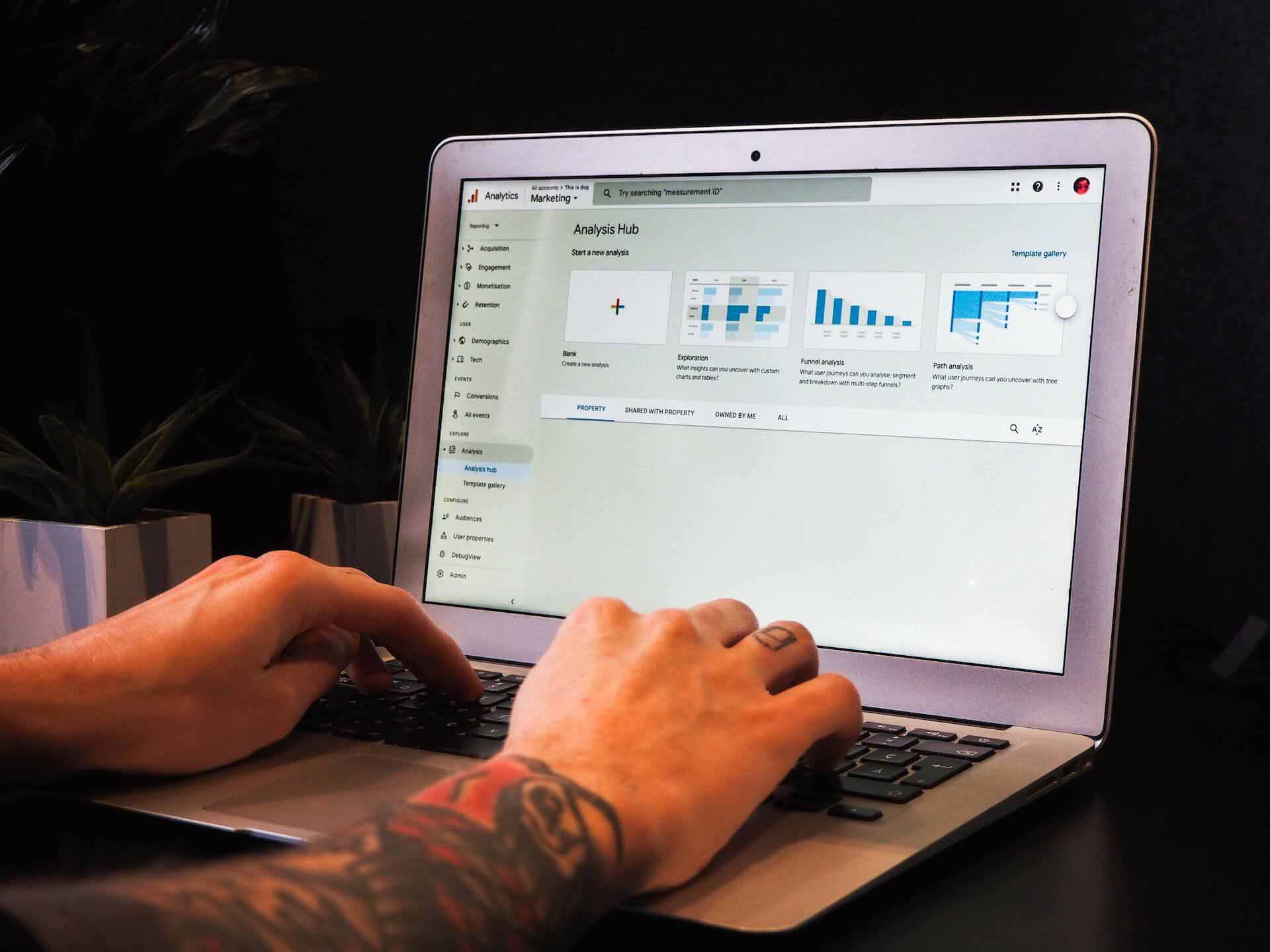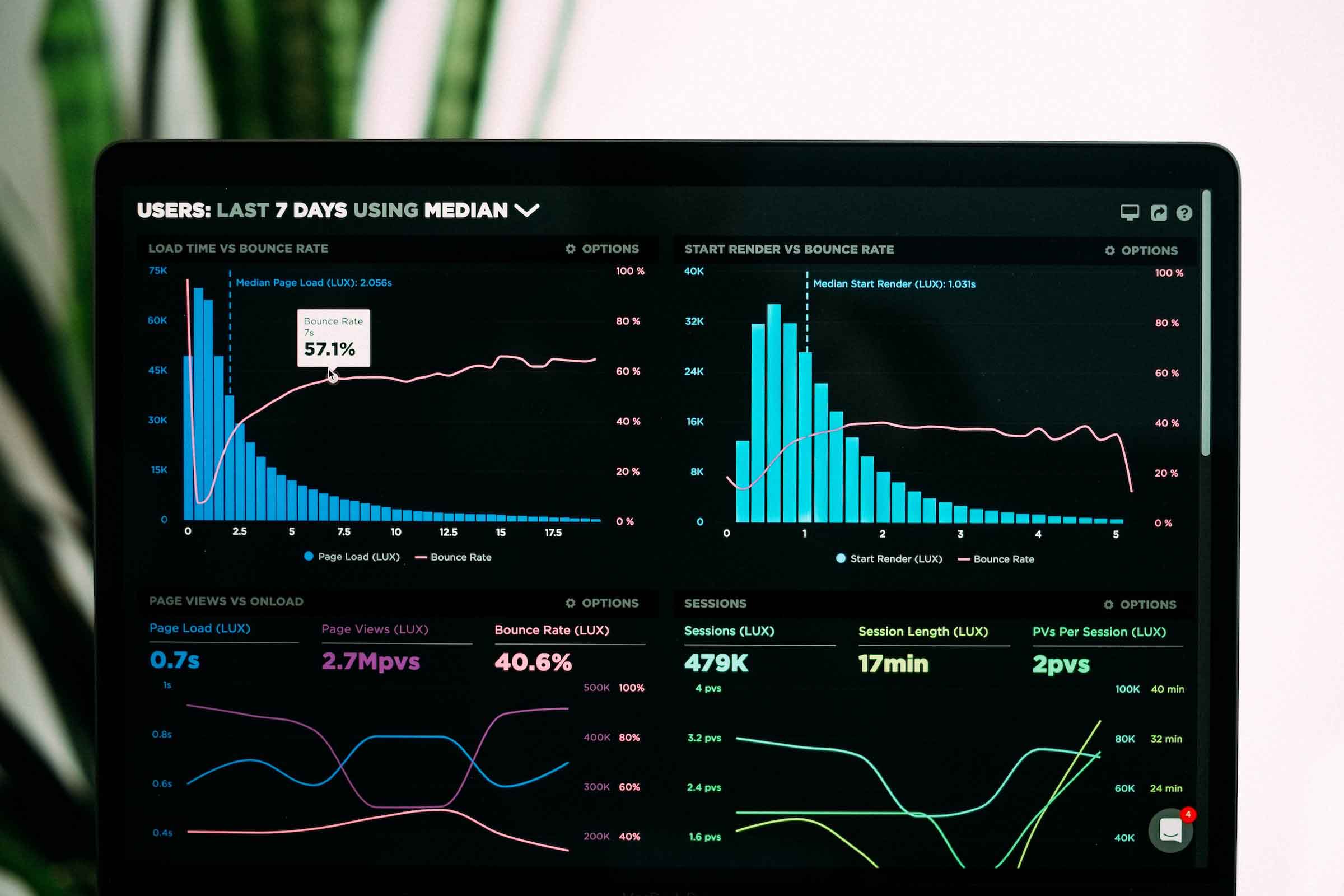Introduction
The development of an optimised customer retention strategy must include a focus on retention as much as conversion. It costs 5 times less resources to retain an existing customer than to acquire a new one. Existing customers are also likely to spend 67% more than new customers.
Here, we’re going to discuss common strategic errors in A/B testing, with a breakdown of more effective approaches to analysis.
Identifying Segments
- Attitudinal
- Demographic
- Geographical
- Motivational
- Preferential
When is the Right Time to Segment Your Data
One of the pitfalls that many ecommerce businesses fall into is not knowing when the right time is to segment their data; before the test or after the test. While most people would go with the latter, it’s important to note that segmentation cannot be an after thought. Tests designed with segmentation in mind, will have a large enough sample size that will provide you statistical insights, helping you come to a decision.
No matter what strategy you use, segmentation can take your A/B testing game to a whole new level.
Segmentation: Stages
Segmenting tests at the initial stages does not help with the discovery process. This is mainly because the idea behind the testing is to figure out what segments respond to what treatment, which can be difficult to do if you want to divide them before you’ve begun testing.
If you have no intentions to break up the results into segments, then the best thing to do is to carry out follow-up tests for those segments that are performing well until you get a large enough sample size.
Post-test segmentation helps in identifying patterns that can then be fed into pre-test planning. This information can then be used to run different tests now that you have device-specific hypotheses.
What Motivates Your Customers
A large part of Conversion Rate Optimisation is about motivating customers to take action; this is where A/B tests can be used as a valuable tool. By using various methods, you can find out what motivates the visitors to your ecommerce site to make a purchase (reviews, social media, etc.)
One method of motivating a purchase is by creating a sense of urgency, which will logically reduce ‘shopper procrastination’. You can add a time limit to your offer to push the customer to make a decision. That being said, you don’t want to come across as being too pushy, or that may scare away the customer.
Bulk discount deals are another great way to pique the interest of your audience if other strategies don’t seem to work. While it can be tempting, it’s important not to try and maximise every transaction.
You can also identify certain behavioural patterns across your site through the use of heatmaps, to identify which sections of the site users focus on most.
Brainstorming A/B Tests
Does a win on desktop cancel out a loss on mobile? In order to target different customers, you need to analyse your test scores across various key segments and then make tweaks accordingly. Some important questions to ask during these brainstorming sessions will be:
- Do variations work better for a specific traffic source?
- Are the tests showing different results for new/returning customers?
- Is a variation not performing well on a certain platform, browser, or operating system?
Tracking micro conversions or local metrics is useful even when macro conversion is the main focus – by contributing to the testing phase with an extra layer of insights.
Focus on the Customers that Matter
How to identify high-value customers
Ending Note
So, how has your company been performing? Have you experienced an increase or decrease in your customer retention rate over the past few years? A study done by Harvard Business School found that increasing customer retention by 5% can increase your profits by up to 95%.
At REO we are experts at finding solutions to such marketing challenges, utilising the most up-to-date research to identify growth opportunities. Contact us today for a bespoke analysis on optimising your customer retention strategy.














